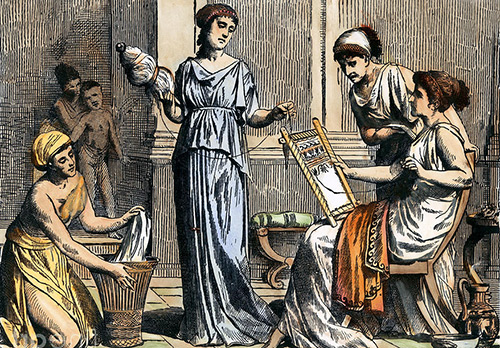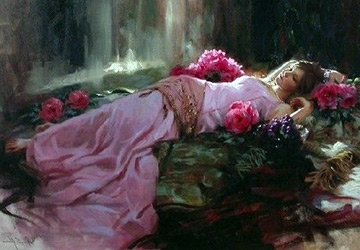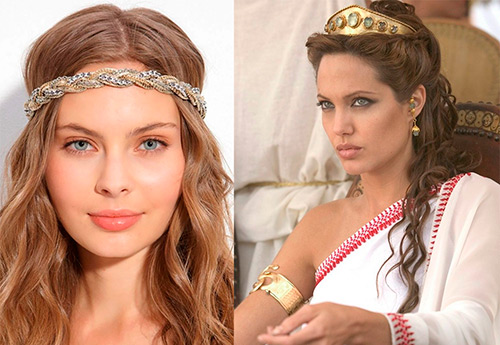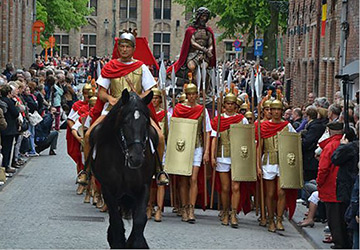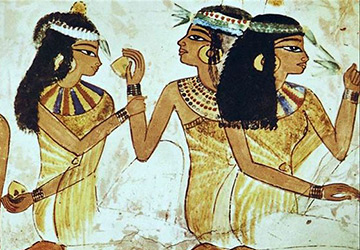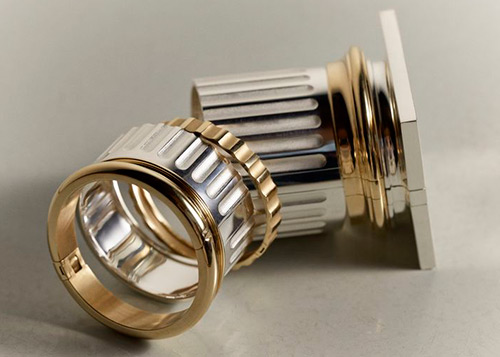Fashion history
Greek hairstyles and greek style hairstyles
Man is the supreme miracle
Sophocles
Historical reference:
Ancient Greece may well be considered the cradle of Western European civilization. After all, much of what we know and know well today was invented in Greece in the period from about the 3rd millennium BC. until the 1st century BC So, it was the Greeks who invented the Olympic Games. At the same time, the Greeks were generally very anxious about a physically developed and beautiful body. It was the Greeks who invented democracy (the rule of the people). However, not everyone could vote - only free men, city dwellers. Ancient Greek democracy did not extend to women and slaves.
There were ancient Greeks and great architects - they built majestic proportional temples with graceful columns. The inhabitants of Ancient Greece were also familiar with the sculpture - statues of gods and heroes made of white marble. And, yes, the inhabitants of Ancient Greece, of course, were wonderful storytellers and myth-makers - we all know the great god Zeus, we remember goddess of beauty Aphrodite, the patron goddess of the city of arts and philosophy of Athens - Athena, as well as the adventures of Hercules and Odysseus.
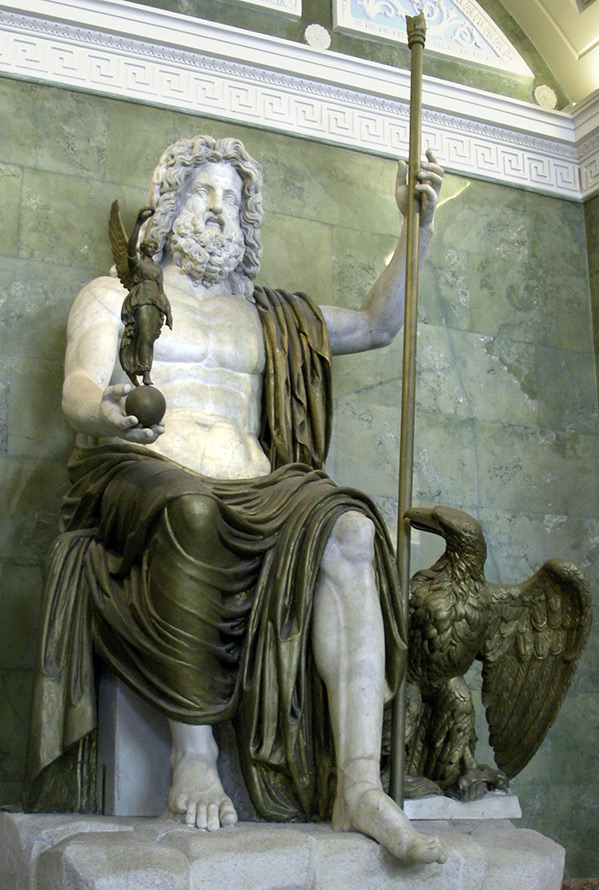
Statue of Zeus. Hermitage Museum.
The history of Ancient Greece is rich, multifaceted, inexhaustible. She kept for us the names of writers, sculptors, philosophers and, of course, the name of the first historian - Herodotus.
The times were more severe with hairdressers. We do not know the names of the ancient Greek barbers. It is only known that they were slaves and called them Kalamistra. The name comes from the word kalamis - metal hair curling rods. The ancient Greeks were very fond of curls. Both men and women all wore perm hairstyles. Calamist slaves in Ancient Greece were highly prized and expensive. Moreover, each of them, as they would say today, had its own specialization - one slave combed the hair of the owner or mistress, the second curled, the third dyed.
By the way, the Greeks did not value their natural dark hair color, but wanted to be like, especially Greek women, their golden-haired goddesses. So, for lightening hair various alkaline compounds could be used. Or the hair was sprinkled with finely ground rice, flour. On holidays, rich women could use gold powder.
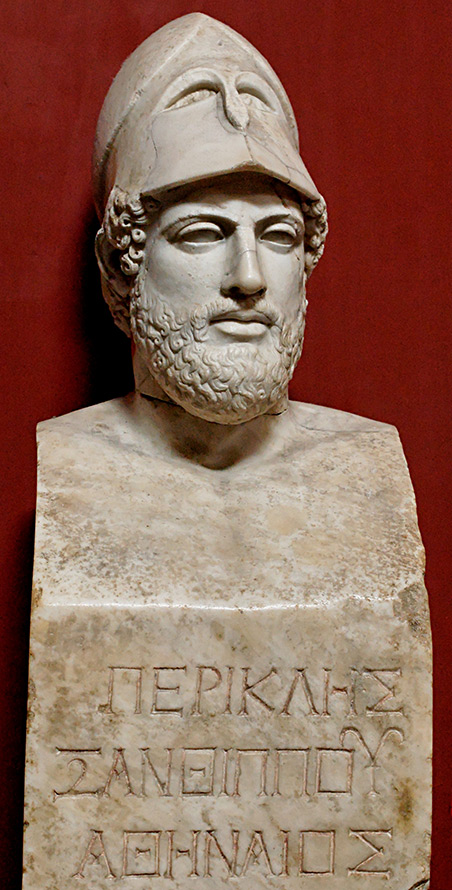
Hermas (sculpture in the form of a quadrangular pillar with a head) depicting the head of Pericles, Roman copy after a Greek original by Cresilus, Vatican Museums.
Here you can see the beard worn by the ancient Greeks, as well as a headdress similar to the Phrygian cap - one of the most popular headdresses in Ancient Greece.
A feature of men's hairstyles in Ancient Greece was their ... femininity. So, even in the archaic period (VII-VI centuries BC), men wore hairstyles consisting of braids gathered in low bunches or twisted around their heads in two rows, they could remove loose long hair under a ribbon, wear hairstyles with long strands, the hair in which was curled in spiral curls.
During the classical period (5th-4th centuries BC), the inhabitants of Ancient Greece began to wear small hairstyles of cropped and curled hair, which still retain their femininity.
So, the hairstyle "Apollo bow" or "cicada" is becoming popular - long curled strands of hair were laid in the form of a bow over the forehead. This hairstyle could be worn not only by men, but also by women.
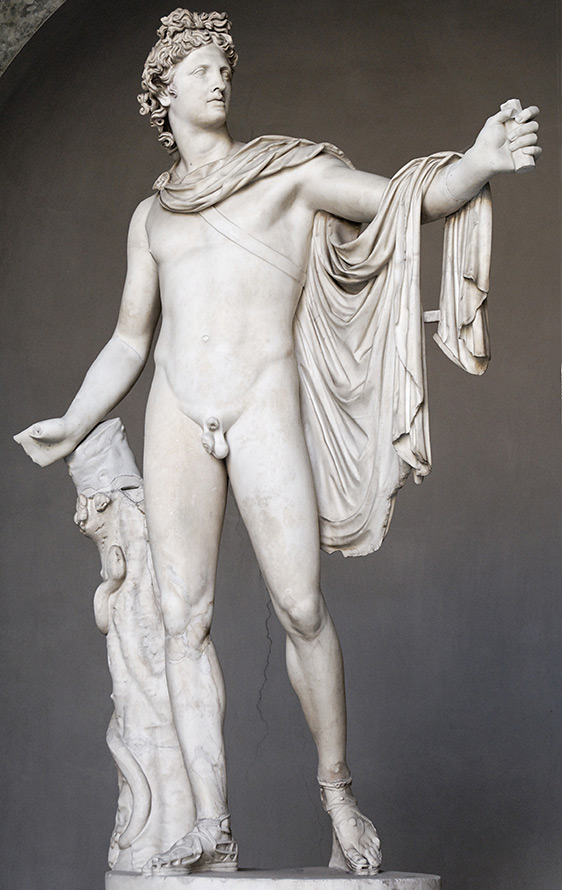
Apollo Belvedere. OK. 330-320 BC NS.
Pio Clementine Museum, Vatican.
Hairstyle "bow of Apollo" or "cicada".
Another popular hairstyle, it appears later - during the Hellenistic period (III-I centuries BC), was named after the famous commander of that time, Alexander the Great. The hairstyle consisted of short curled hair, trimmed with "ladders".
By the way, Alexander the Great became a trendsetter in one more issue - he introduced a fashion for shaved faces. Initially, the famous commander still wore a beard and even sideburns, but then shaved them off. Thus, becoming the first Greek without a beard. The fashion for shaved faces quickly spread in the army, and then among the civilian population. The fashion for shaved faces will continue in ancient Rome. Now only scientists and philosophers are left with beards.
Before Alexander the Great, the Greeks wore large beards that framed the lower part of the face. The beards curled. Their shape could be very diverse - for some period a "conical" beard was very common. Beards soaked aromatic oils, and sprinkled with chalk, flour, finely chopped herbs to the feasts.
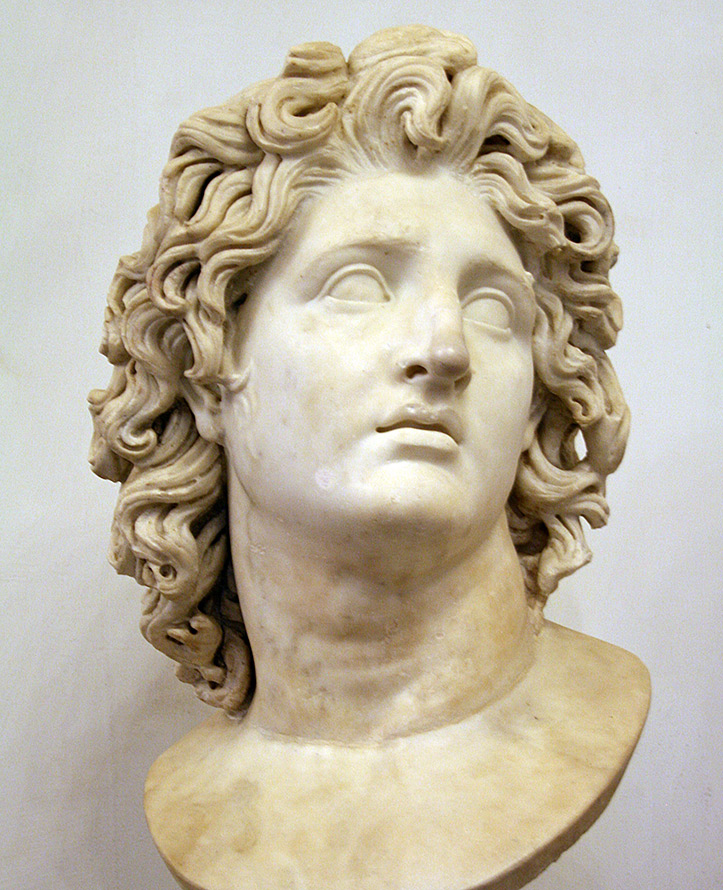
Bust of Alexander the Great as Helios.
Hairdo "Alexander the Great".
The ancient Greeks, like many peoples of antiquity, considered a beard a sign of maturity, it could only be worn by men who created their own family and had their own home.
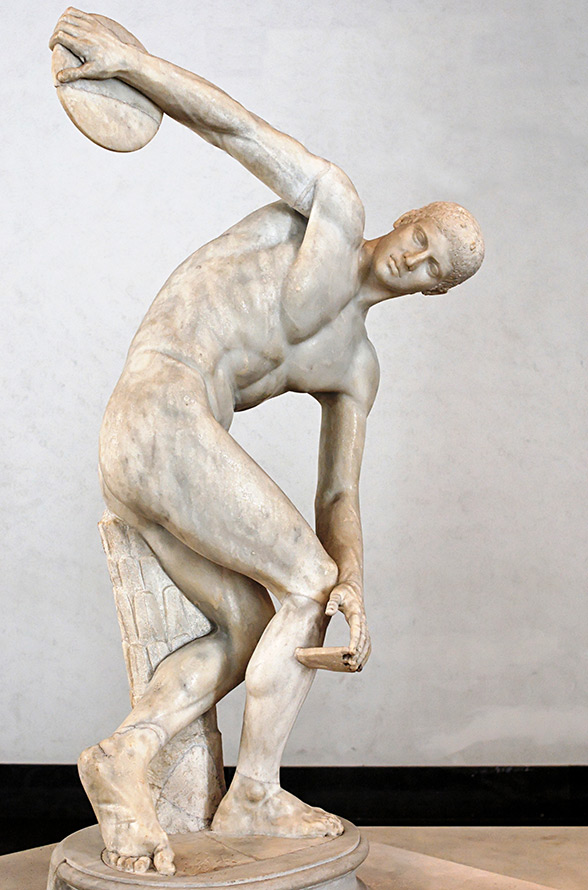
Discus thrower. Roman marble copy of the ancient Greek statue of Myron.
Here you can see an example of the "sporty" hairstyle, which was also worn in ancient Greece.
In ancient Greece, hetaira set fashion in women's hairstyles. The fate of Greek women was unenviable - after marriage, all that was left for them was to raise children and do housework, living in the female half of the house. But there were also exceptions - priestesses of goddesses, temple prostitutes and getters.
Heterosexuals were not women of easy virtue. It was their duty to delight not the body, but the soul. The main advantage of the getter was education - the ability to understand music, literature, philosophy and art. By the way, all worthy male citizens of the ancient Greek city-states also had to understand these areas of human knowledge. Heterosexuals accompanied philosophers, rulers and generals during feasts. Sometimes they were taken as wives.
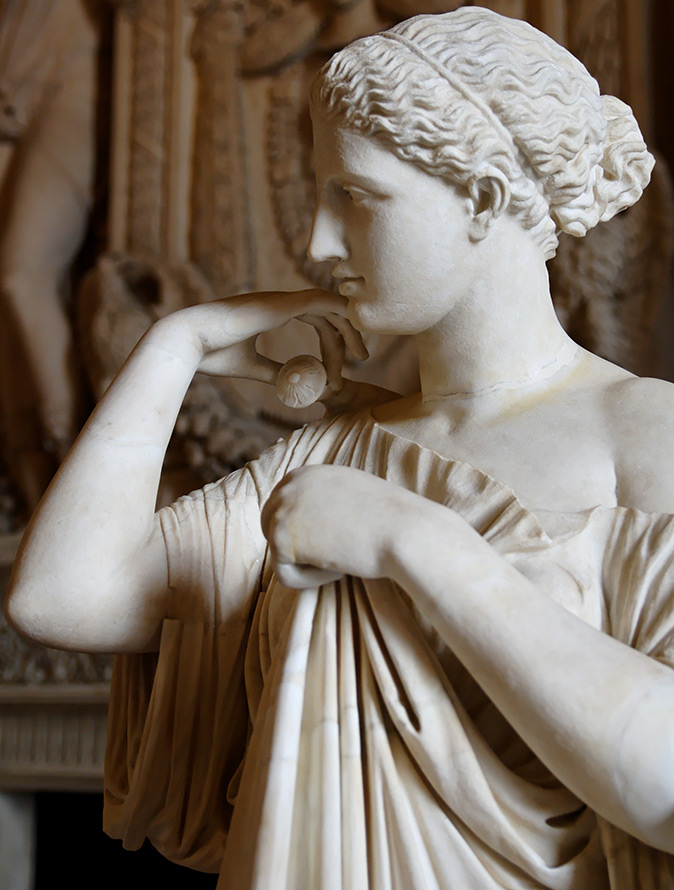
Artemis of Gabia.
Hairstyle "Greek knot".
So, even in the archaic period, a hairstyle appears, which is called the "hetera hairstyle". It consisted of hair, laid on the back of the head, and overthrew covered with a piece of cloth or collected in a special bag.
There was also a hairstyle that brought into fashion the hetaira Phryne (she posed for sculptors and artists, for example, for the sculptor Praxitel). Hetera Phryne's hairstyle consisted of curled hair, decorated with a bow at the crown.
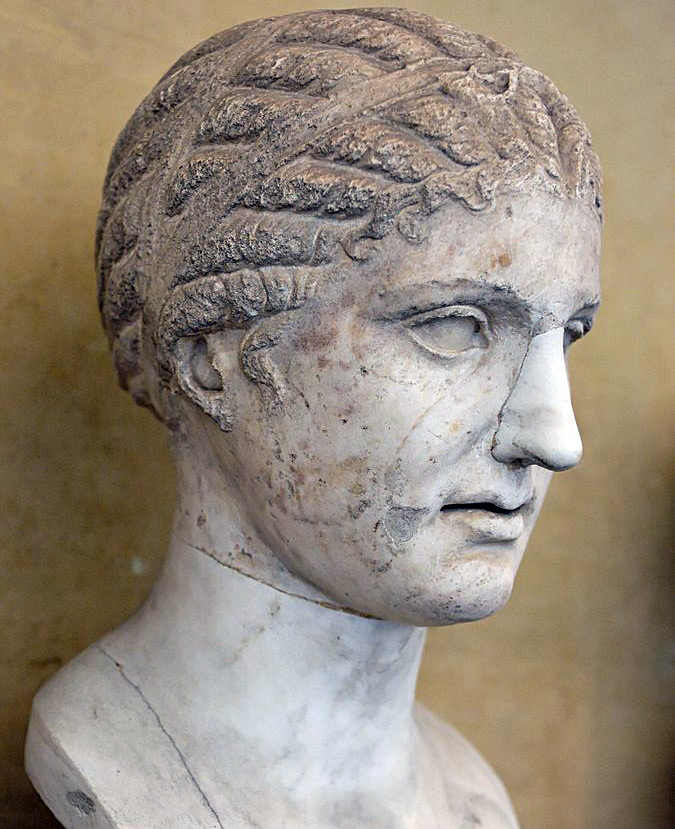
Aspasia.
Melon hairstyle.
The most popular and famous female hairstyle in Ancient Greece was the Greek knot hairstyle. This hairstyle had many options. It was based on a bun of tapered hair. One of the options for such a karimbos hairstyle is a knot of hair that was attached very low around the neck.
Also, Greek women wore hairstyles "lampadion" (curled hair, gathered in a short ponytail, which resembles a fire flame), "melon-like" hairstyle - hair styled from the forehead to the back of the head in the form of voluminous lobules, tied with two ribbons (this hairstyle was introduced into fashion by Aspasia - wife of the Athenian commander and orator Pericles).
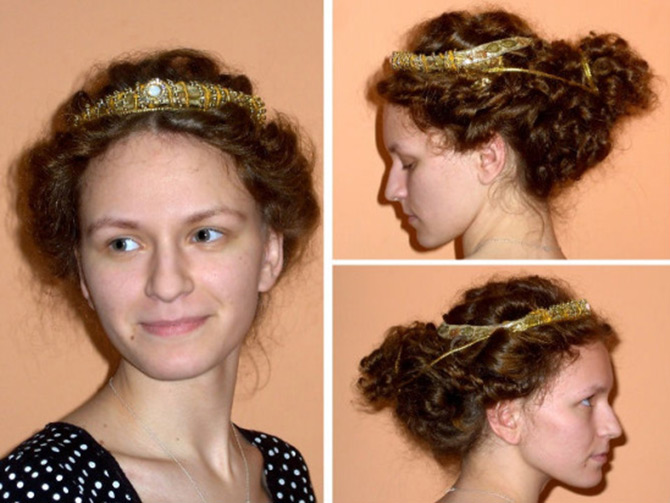
"Lampadion".
Modern interpretation.
Wigs were also known in Ancient Greece. Especially blonde wigs were popular, as well as wigs with an ash tint. But, being very expensive, they were not as popular as in ancient Egypt. Like the Egyptians, the inhabitants of Ancient Greece loved cosmetics, but they used it, nevertheless, in much smaller quantities. For cosmetic procedures, the Greeks had cosmetology slaves. Beauticians rubbed the bodies of their owners with aromatic oils and infusions, and also did massage.
Despite the complexity of the hairstyles, the ancient Greeks dressed quite simply - all the same, like the Egyptians, a piece of fabric (the Greeks called it a chiton), with which the figure was draped.
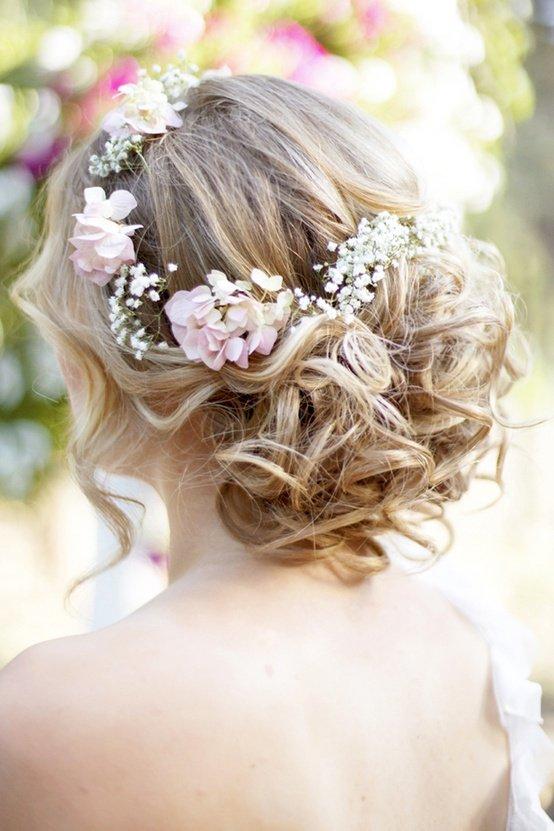
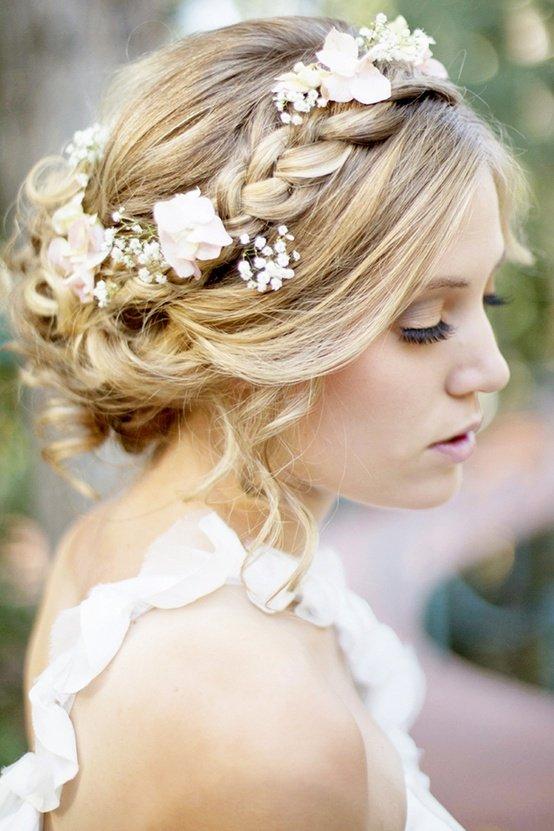
Modern hairstyles in the Greek style
Photos from different sources
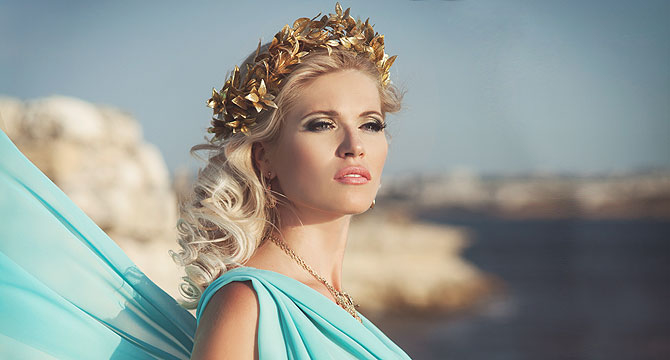
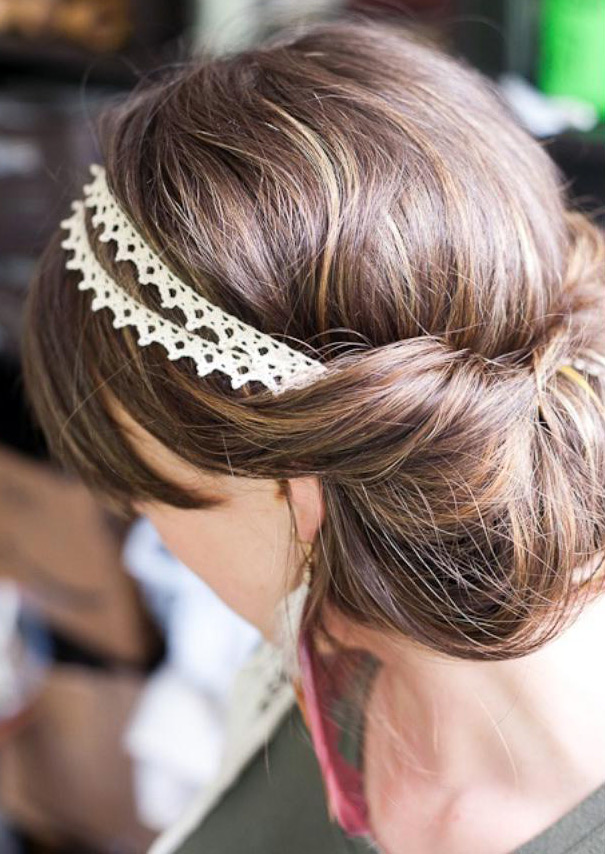
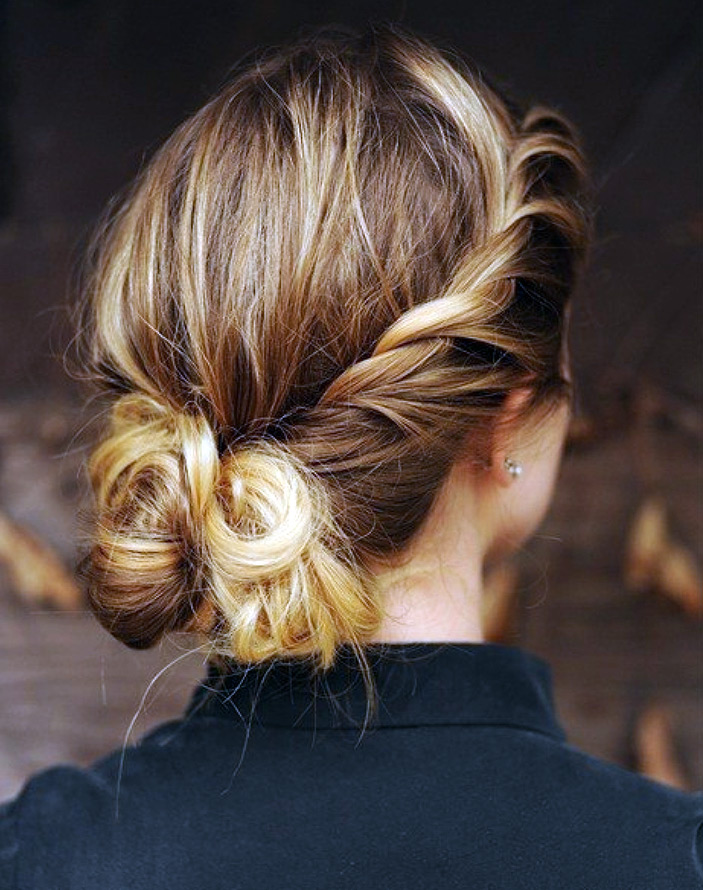
Veronica D.
Comments and Reviews
Add a comment
Rating news
Shades of clothing that make women look younger
What shades of hair make women younger: rules and photos
Funny wedding dresses - photos and ideas
12 most expensive down jackets for the winter
How to look 25 at 40: tips from supermodels
Beautiful schoolgirls
Anti-aging haircuts and hairstyles for women
Fashionable skirts for autumn and winter
Fashionable women's trousers for the cold season
Fashionable and stylish sandals for summer 2024
Spring-summer 2024
 Fashionable dresses and tops with thin spaghetti straps
Fashionable dresses and tops with thin spaghetti straps
 Bandana tops: how to wear stylishly and beautifully
Bandana tops: how to wear stylishly and beautifully
 How to put together the perfect men's wardrobe for the summer
How to put together the perfect men's wardrobe for the summer
 Fashionable shorts for spring-summer 2024
Fashionable shorts for spring-summer 2024
 Fashionable skirts for spring-summer 2024: a guide to online shopping
Fashionable skirts for spring-summer 2024: a guide to online shopping
 The most fashionable dresses spring-summer 2024: styles and colors
The most fashionable dresses spring-summer 2024: styles and colors
 Fashionable total look 2024: ideas of images and trends
Fashionable total look 2024: ideas of images and trends
